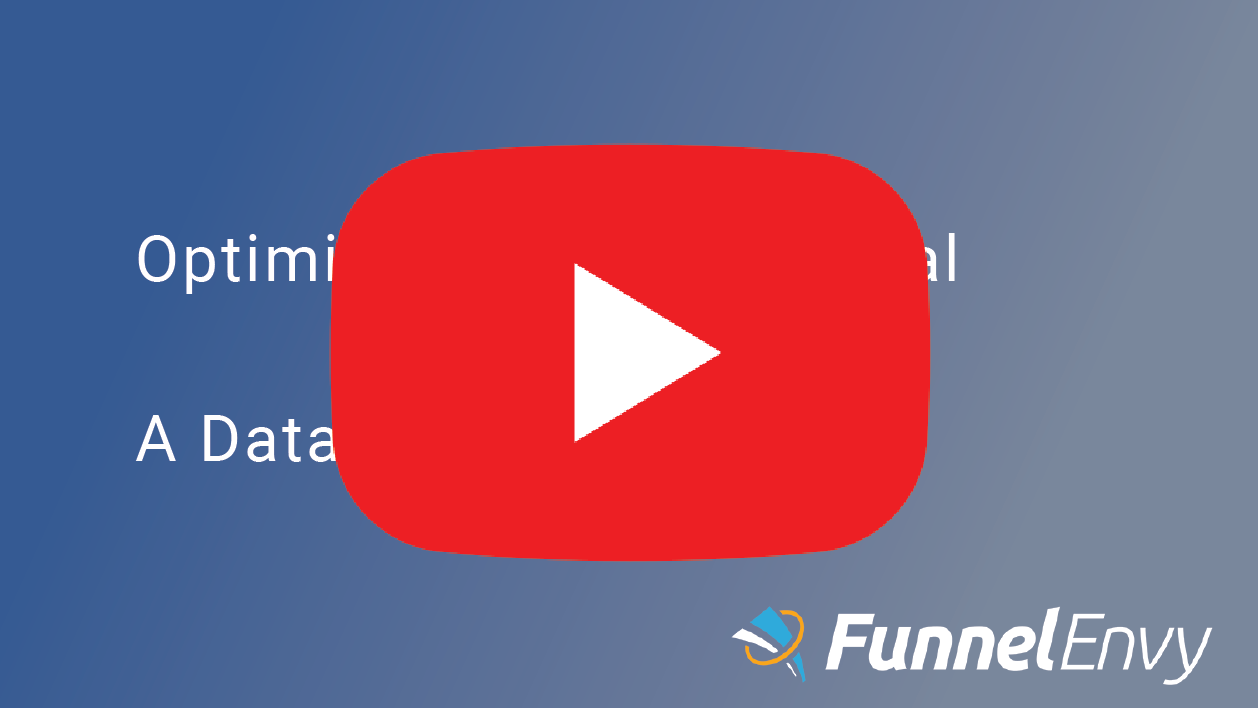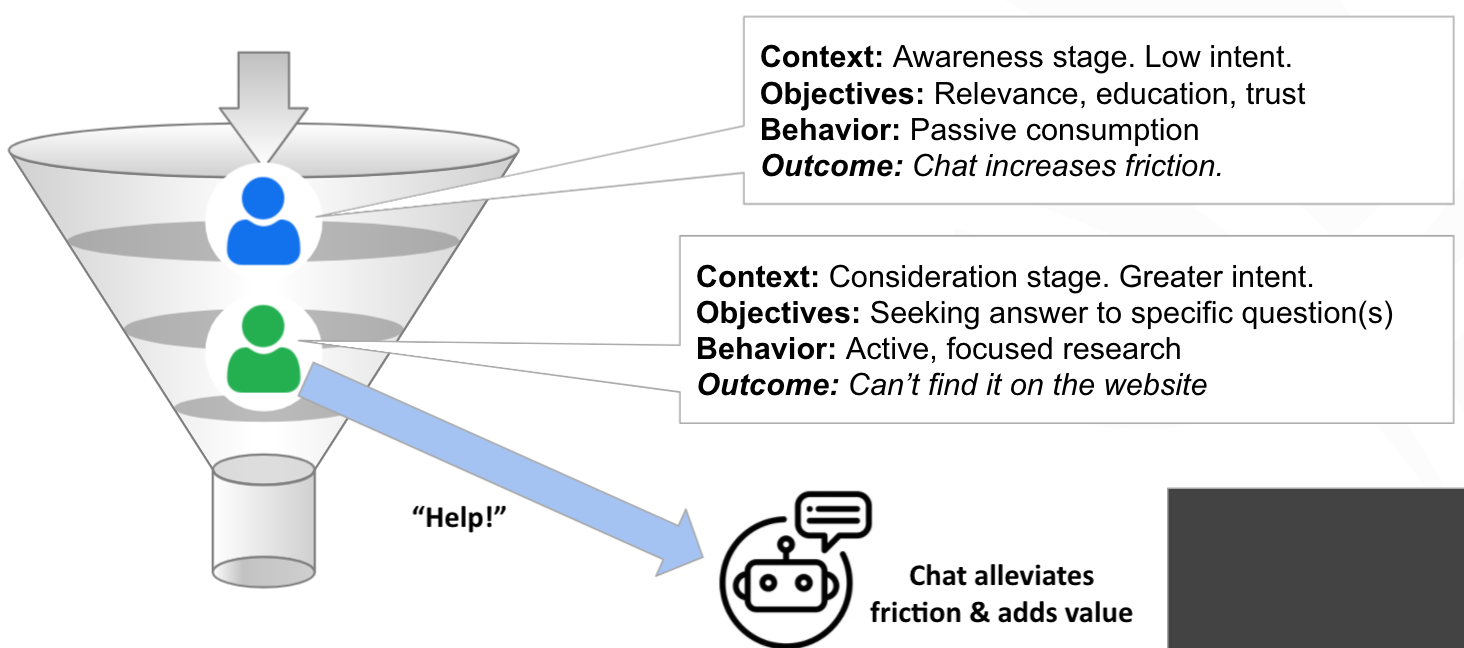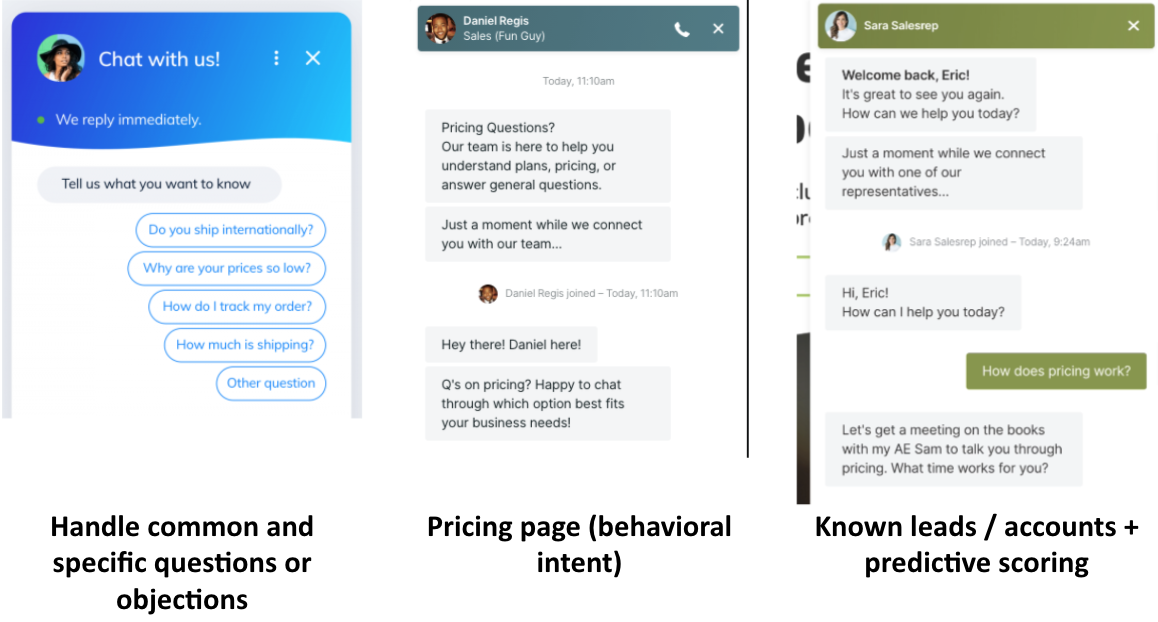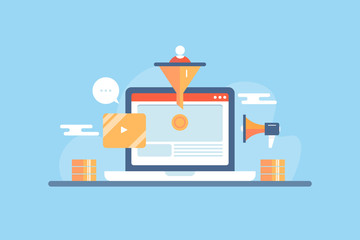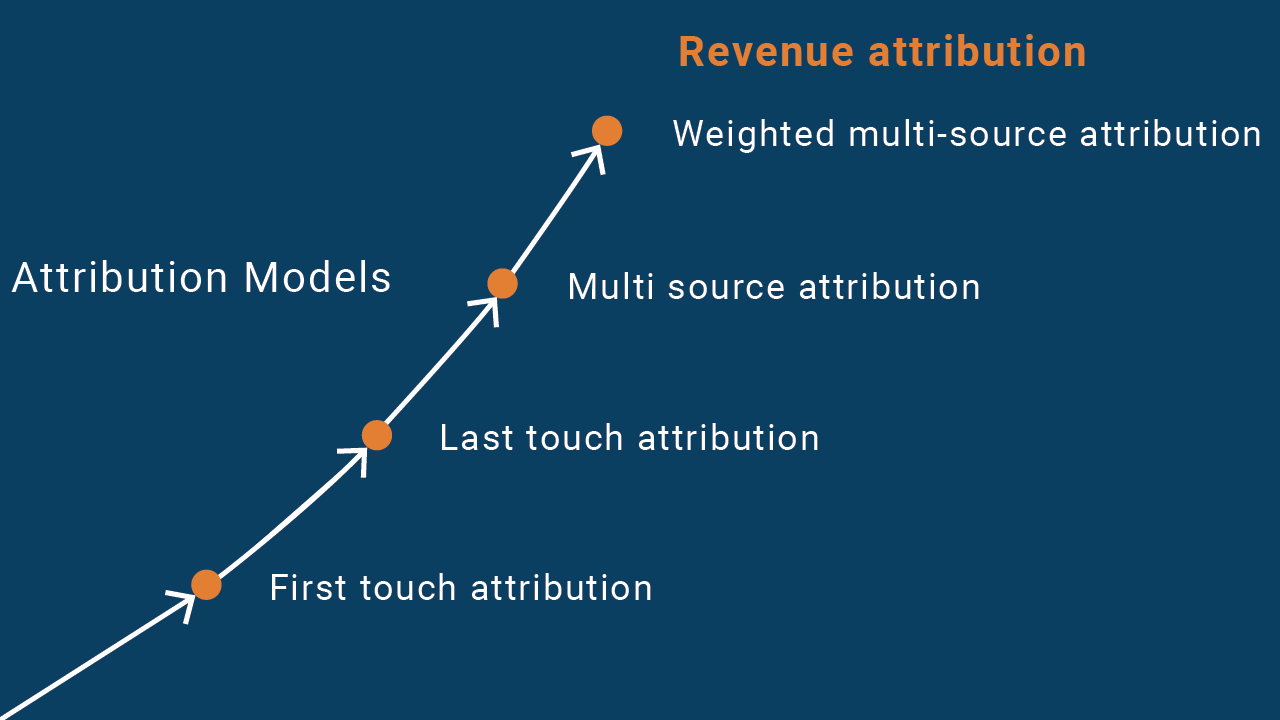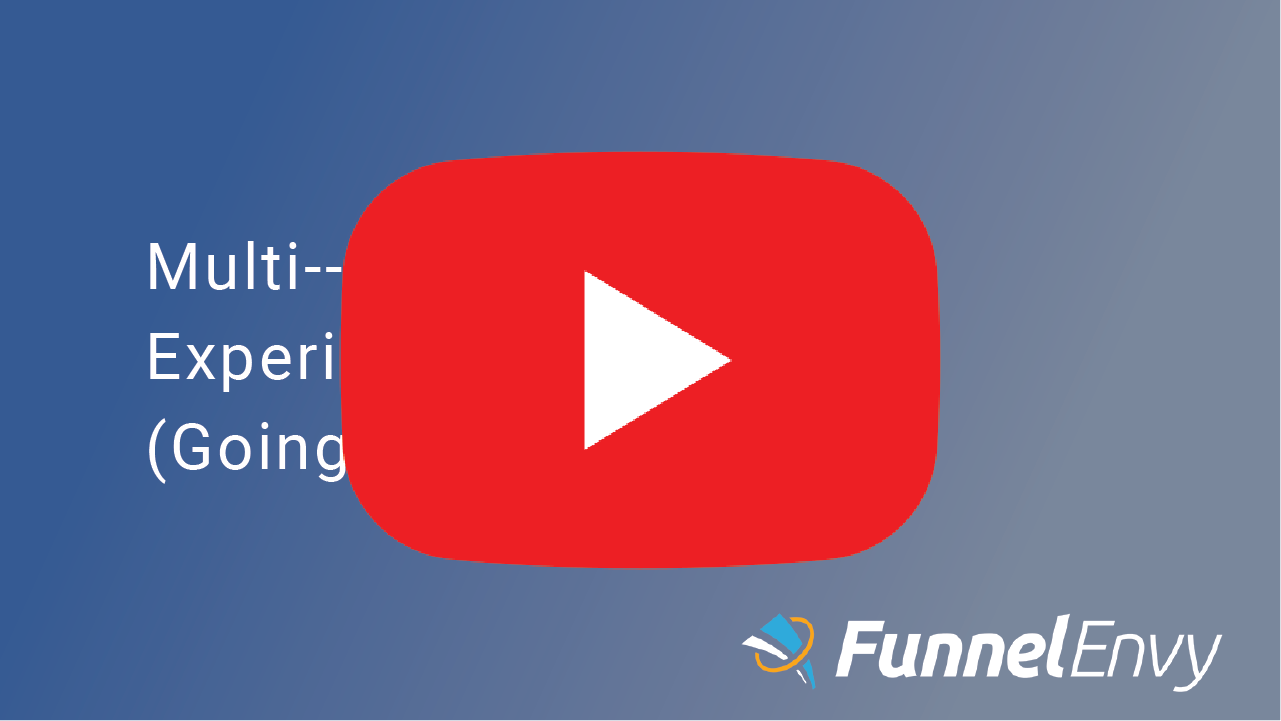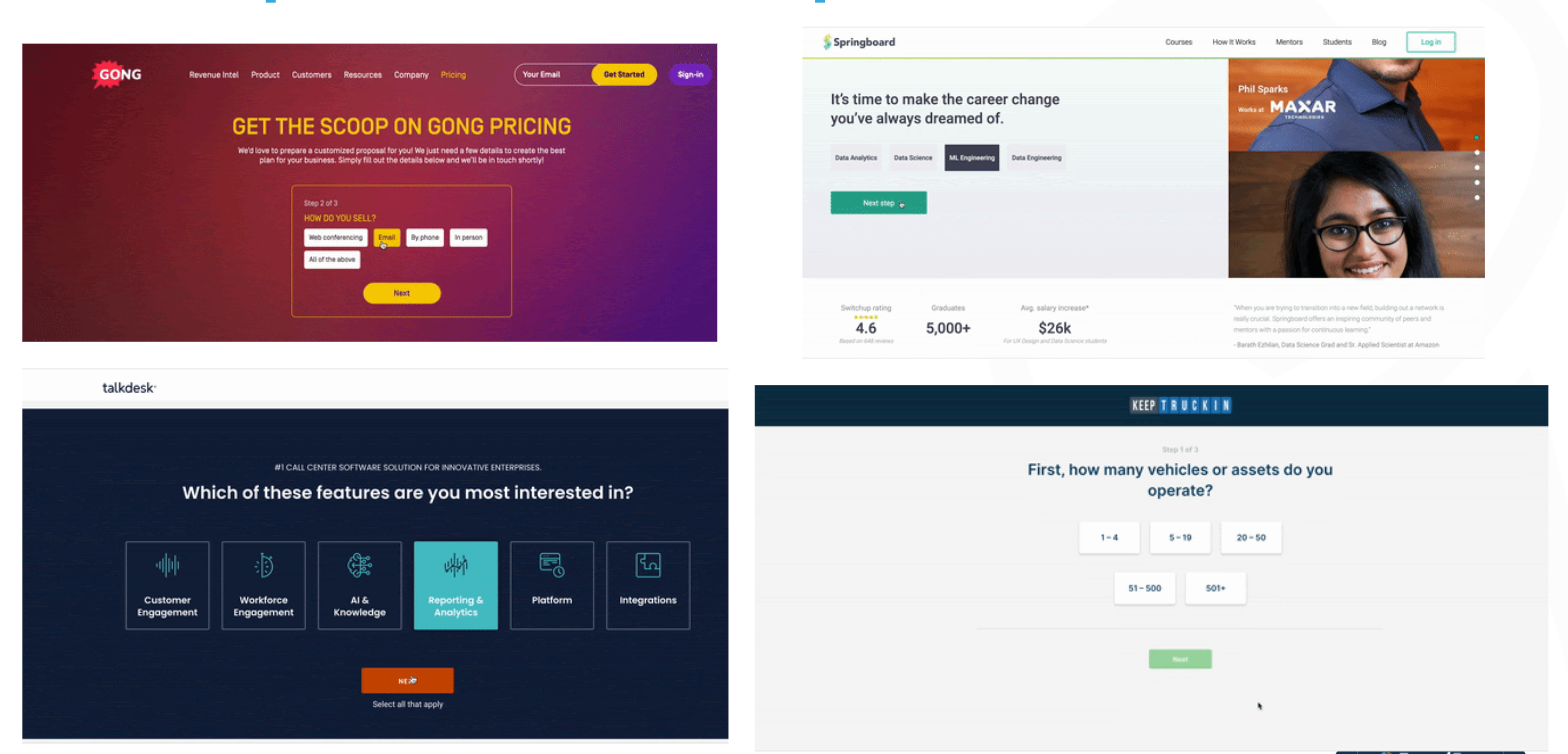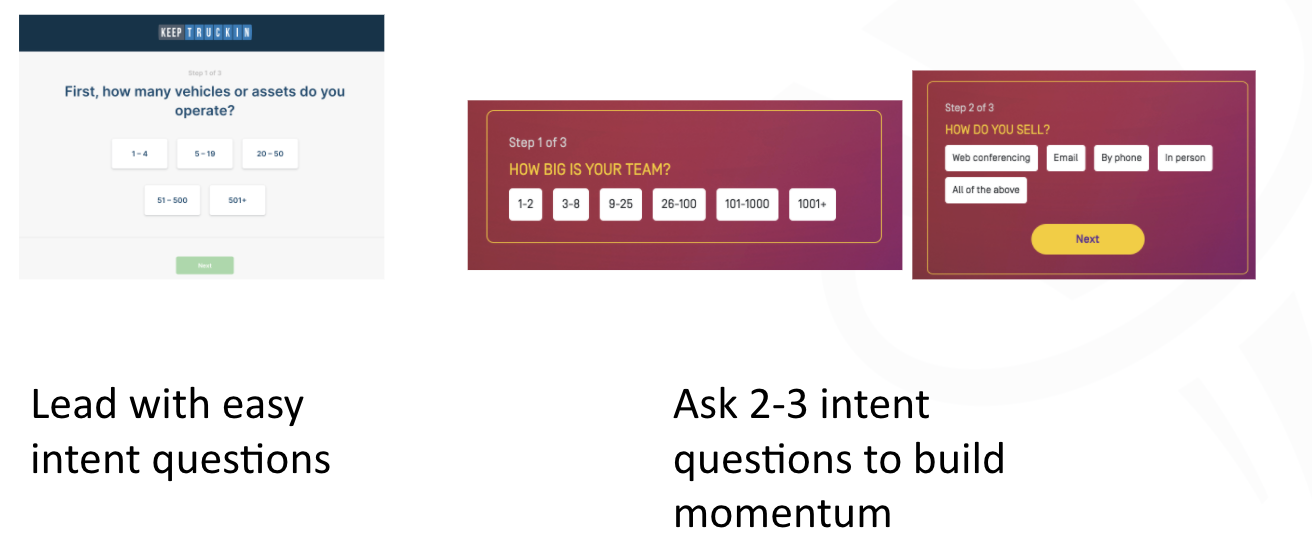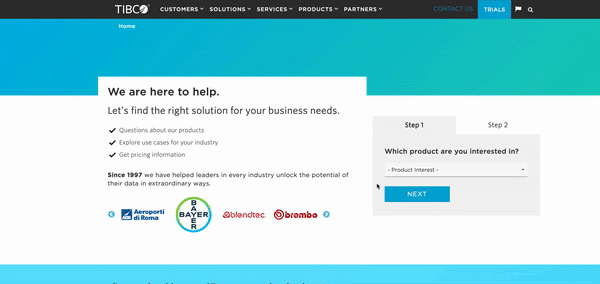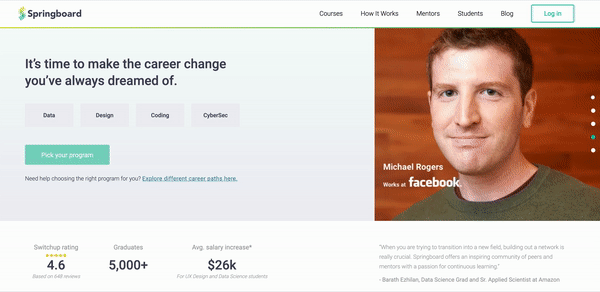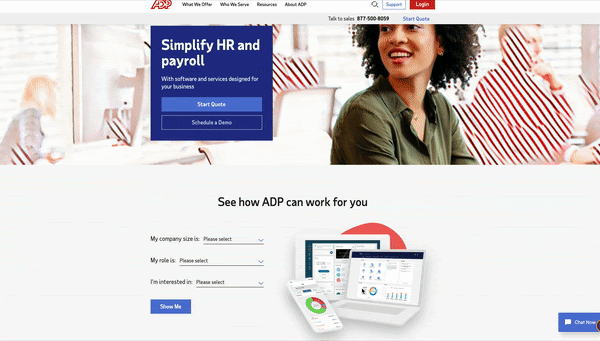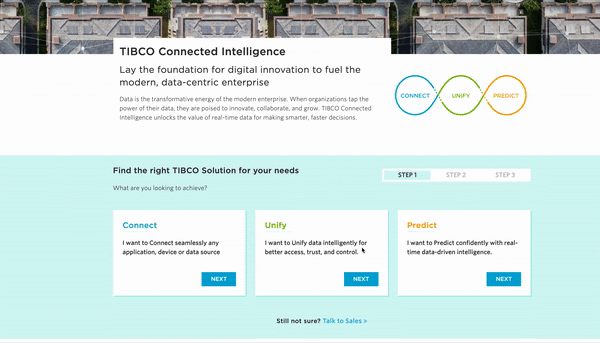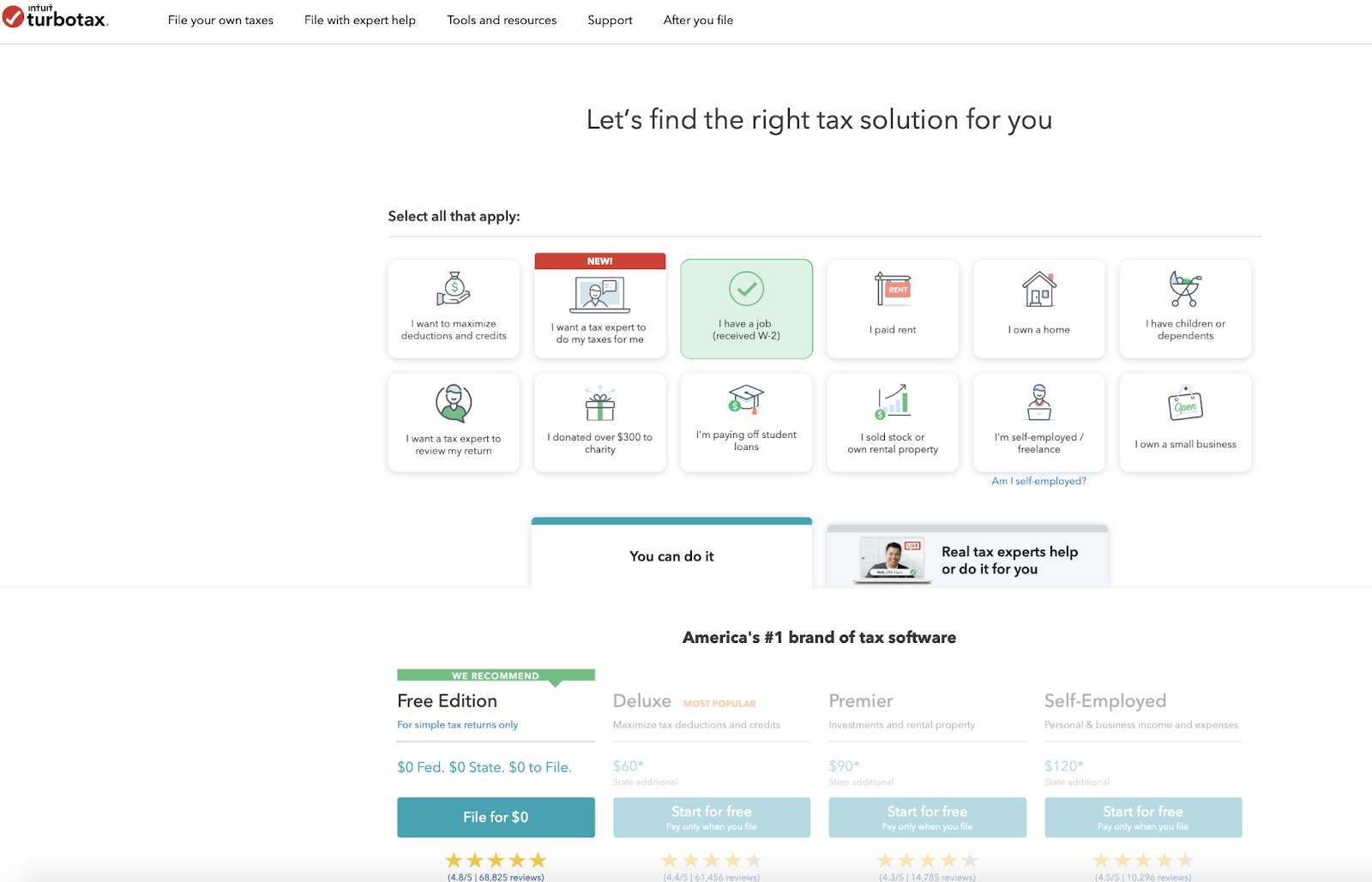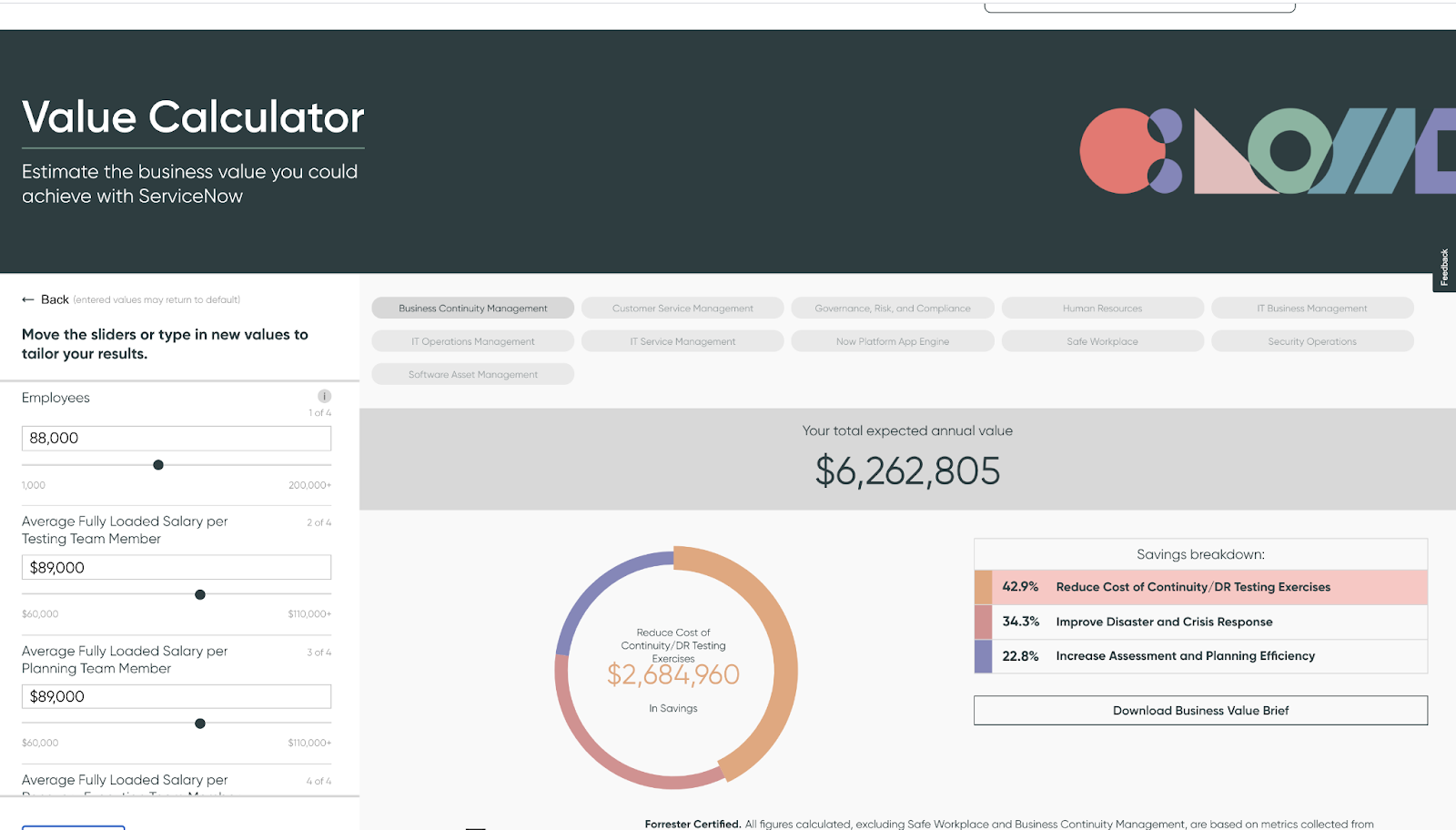How to Optimize Your Funnel for Today’s Generation of B2B Decision Makers
Technology, especially digital tools like email, electronic signatures, and marketing automation, has significantly impacted our business operations. But one of the more underrated elements of business change is the evolution of the people involved. Every generation is different from the previous one, and while you shouldn’t hold preconceived notions about individuals solely because of their age, it is possible to draw broad conclusions about age groups as a whole.
In today’s B2B tech and software world, many buyers are from the millennial age range – born between the mid-1980s and early 1990s. Studies have shown that this group has a distinct preference for a few specific styles of sales and marketing. Generally, incorporating these concepts into your funnels can help even if you aren’t specifically targeting a millennial prospect.
Self-service
One of the nice things about the digital era is that it has removed several time constraints that may have previously restricted business transactions. If a prospect desires, they can load a company’s website at midnight and learn about their offering’s important features and benefits. In previous eras of business where buyers relied on suppliers to learn about a potential product or service, this model wasn’t possible.
According to research, many buyers want to do business precisely this way. Forrester’s 2021 B2B Buying Survey reported that the number of self-directed sales interactions in a typical transaction has now surpassed the number of human interactions. Other data shows meetings with potential suppliers now represent a relatively small portion of the B2B purchasing process: Gartner research says B2B buyers spend only 17% of the purchasing process on meetings with potential vendors.
It may not always be possible to show off everything your service or product can do in a way that facilitates self-service, but it’s an important ideal to endeavor to meet. In fact, buyers may get frustrated or abandon your site entirely if you don’t have the right information accessible to them whenever they want it.
Personalization
Not only do buyers want to be able to access sales information at any time, but they also have a strong desire for a customized buying process. Accenture reports that over 7 out of 10 B2B buyers want a more personalized, “consumer-like” purchasing process. This customization can manifest itself in several ways, but the foundation is always the same: a deeper understanding of your prospect’s buying journey. You must be more aware of each prospect’s specific challenges, needs, and biggest concerns throughout the purchasing process.
Buyers may get frustrated or abandon your site entirely if you don’t have the right information accessible to them whenever they want it. Share on XAnother reason personalization is essential is the increasing quantity of decision-makers involved with B2B purchases today. As budgets tighten and hiring slows in uncertain economic conditions, companies are more frequently assembling buying groups to ensure they spend their dollars wisely. More people involved in buying creates a greater demand for personalized content throughout your funnel.
Finally, remember to include a personal touch in each funnel stage. From top-funnel content like blog posts and white papers to your final product demonstrations or purchase negotiations, it’s critical to stay mindful of your prospects’ needs. Understanding their desires requires a skillful blend of early-stage communication and consistent research about your audience.
Responsive Design
Making sure every element of your funnel can be viewed and consumed properly on all devices is vital because of prospect tendencies. Certain studies show that over 4 in 10 B2B buyers use mobile devices during the purchase process. Consuming content is typically one of the primary uses for mobile devices, though, in certain industries or segments, consumers might also use them for communication with suppliers.
Another reason you should ensure your website and all other parts of your funnel load correctly on mobile devices: it’s essential for technical elements of your marketing. A website that loads on mobile devices is critical for search engine optimization (SEO). SEO is also a significant element of most B2B marketing campaigns today. In other words, if your page doesn’t load on an array of mobile devices – especially tablets and smartphones – you risk alienating your prospects and negatively impacting your visibility on search engines.
Form a Human Connection
This tip is especially applicable for persuading B2B buyers of all generations – though some evidence suggests creating personal relationships is even more important with millennial and Gen Z purchasers. Of course, a buyer needs to obtain a service that fulfills their company’s objective, but beyond that, today’s buyers want to feel a more human connection with their suppliers. It’s part of why many purchasers today – both in consumer and business – emphasize spending money with companies that align with their worldview and contribute to solving significant global problems.
You don’t have to offer a cutting-edge software solution to solve a grand problem like climate change to be more human. There are plenty of ways to incorporate personal relationships into more conventional types of business. One easy tip is to try and schedule in-person or video meetings whenever possible, as opposed to communicating via phone or email. These relationships make creating a rapport with prospects much easier, which is especially important for most B2B sectors.
Implementation Tips for Funnel Optimization
Now that you have a better understanding of the specific elements to incorporate into your funnel, it’s vital to take some time to consider how you can use this information in your own funnel. The first thing to know is that it’s impossible to do everything at once – you shouldn’t rush to make sure you meet all of the requirements for the current generation of B2B buyers. Whatever steps you take to make your funnel more appealing, put your company’s authentic spin on it. Don’t try to be something you aren’t just because you think it might broaden your audience. That approach often backfires, alienating your core customer group who appreciates your service for what you do and don’t provide.
Finally, we suggest incorporating technical benchmarks to help determine whether or not these changes were successful. It’s easy to throw out broad suggestions like, “we need to personalize our content to attract the right audience.” But when you can quantify the improvements made with a statement like, “after personalizing our content, the conversion rate on our funnel’s main landing page increased by 6%,” it offers much more value when it comes to informing the rest of your marketing strategy.
Are you looking to get some assistance shaping your funnel to be more in line with the current generation of buyers? The team at FunnelEnvy can assist. We have lots of experience helping clients tighten up their funnels to increase conversion optimization rate (CRO) and bring more success to their marketing efforts. We’ve helped businesses in every sector modernize their funnels to get attention from their target audience.
To find out more about FunnelEnvy pricing and what we might be able to offer, click here to fill out a short quiz that will help us learn more about your needs.




